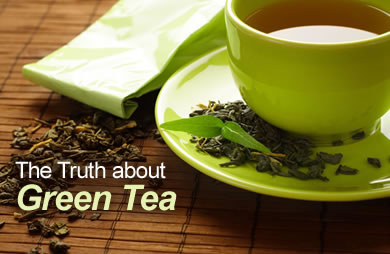|
The Fourth of July is a time for flags, fireworks, food and fun! It’s also a time to remember that safe and convenient food has not always been readily available in our country. Today, the average person spends about 50 minutes in the kitchen each day preparing meals—about five minutes for breakfast, 15 minutes for lunch and up to 30 minutes for dinner. In colonial America, cooks would slave away over the stove for hours. Talk about your American Revolution! However, some of our modern dining habits actually do bear similarities to those of our colonial ancestors. Beef, chicken, pork, fish, fruits, vegetables and baked products would have been familiar foods in colonial times. Colonial cooks used some of the same cooking methods we still use today, like frying, baking, broiling and boiling. And while the colonists enjoyed their coffee, tea, and hot chocolate like we do, they didn’t have a Starbucks in every neighborhood! Not much else was the same. While we may not know exactly what George Washington ate for dinner on July Fourth, we do know several things about the preparation of foods in 1776. Here are a few highlights:
The culinary scene has changed greatly since 1776! In fact, one of the leading causes of death for women back in colonial times was burning to death--their large skirts would catch on fire while cooking! Realizing the labor and risks involved to feed a family back then makes me feel ashamed of all my complaints about preparing meals with my modern kitchen luxuries. As we enjoy our Fourth of July celebration, let’s take a moment to remember that freedom isn’t free, and to give thanks for the blessing of liberty.
What are you cooking for the Fourth of July? |
Popular Entries
More From SparkPeople
|













.jpg)

.jpg)